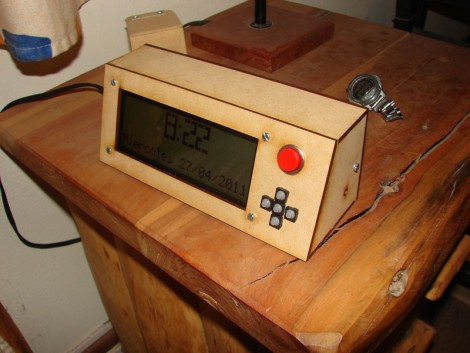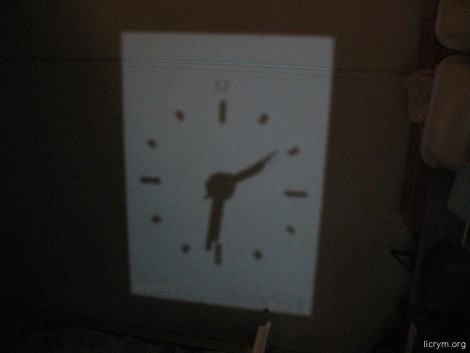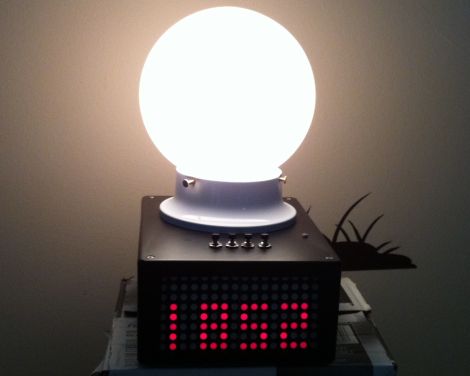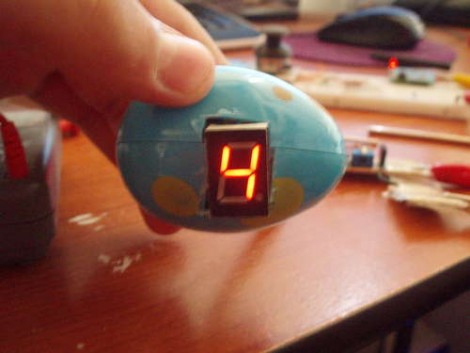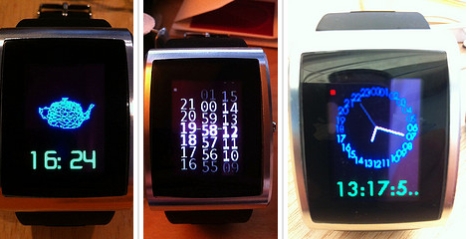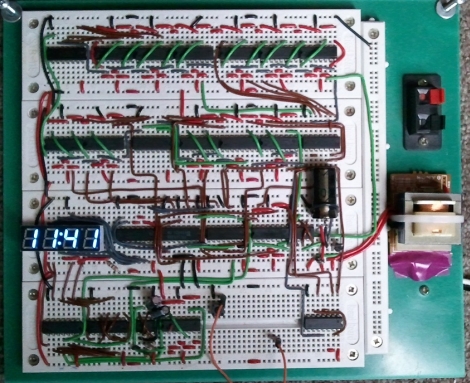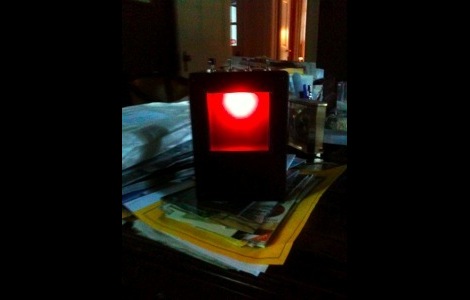
[Alex] has reduced the resolution of his timepiece as a trade-off for speedy-readability. At least that’s what he claims when describing his color-changing clock. It uses a ShiftBrite to slowly alter the hue of the clock based on the current time. The concept is interesting: 12:00 starts off at white and slowly fades to green at 3:00, blue at 6:00, red at 9:00, and back to white by 12:00 to start the process over again. He has gotten to the point where he can get the time within about 15 minutes just with a quick look. But he did need to spend a few days acquiring the skill by having the color clock sit next to a traditional digital clock.
The build is pretty simple and we’d bet you already have what you need to make your own. [Alex] is really just proving a concept by using the ShiftBrite and an mBed, there’s no precision RTC involved here. So grab your microcontroller of choice, and an RGB LED of your own and see if you can’t recreate his build.
Of course you could always choose to build a color-based timepiece that’s even harder to read.

